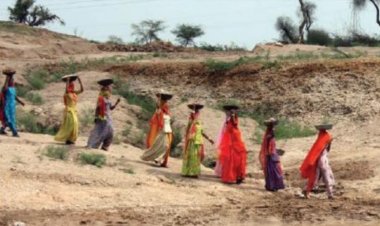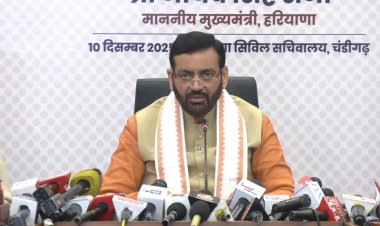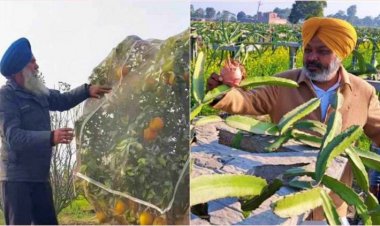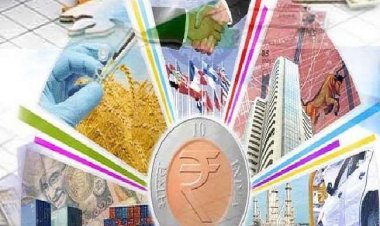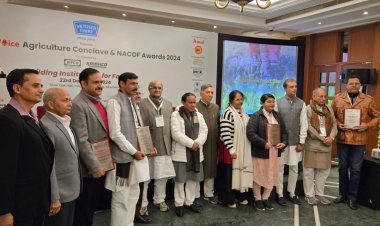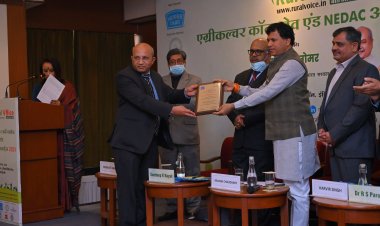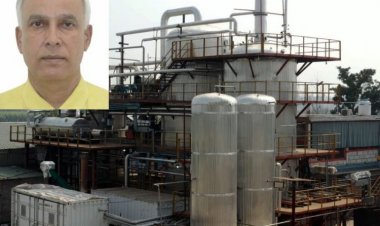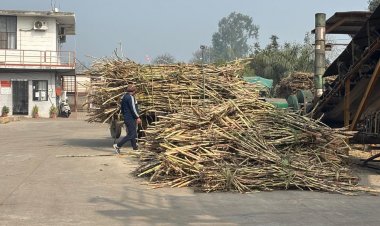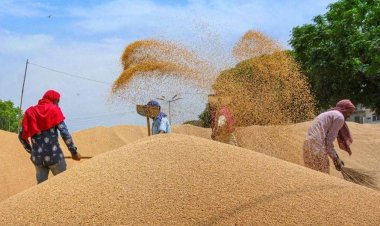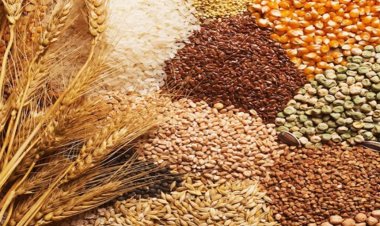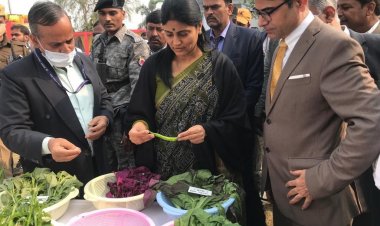Political economy of sugarcane, paddy crucial for 2022 UP polls
While the political firmament is abuzz with pre-poll activities, the farmer leaders, spearheading the agitation against the central farm laws, are galvanizing forces to corner the ruling BJP and more specifically Prime Minister Narendra Modi at the hustings next year. In this dynamic scenario, Yogi Adityanath has little option other than mollifying the bloc of the agitating farmers.
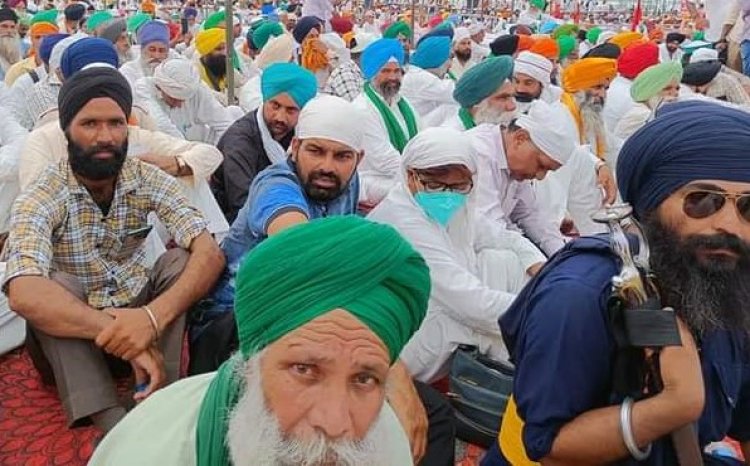
Lucknow
Even as less than five months are left for the 2022 Uttar Pradesh (UP) polls, the political parties vying for the prized UP crown have started pulling up their socks for the big battle.
While the political firmament is abuzz with pre-poll activities, the farmer leaders, spearheading the agitation against the central farm laws, are galvanizing forces to corner the ruling Bharatiya Janata Party (BJP) and more specifically Prime Minister Narendra Modi at the hustings next year.
The recent Lakhimpur incident in which four farmers were allegedly killed by the cavalcade led by Ashish Mishra, the son of Union minister of state for home Ajay Mishra Teni, has re-energized the farm stir in UP.
Since the Modi government has been unrelenting over the new farm laws, which have been branded as imperative for the future agri ‘farm to fork’ supply chain and providing lucrative prices to farmers, the agitating farm leaders are keen to use the UP polls as an opportunity for a show of strength.
It is not only the Tikaits that belong to the Muzaffarnagar district in UP. Most of the agitating farmers hail from Punjab, Haryana and western UP districts. As such, the Yogi Adityanath government is aware of the undercurrent of disenchantment among a section of UP farmers, and that it has the propensity to influence voting across various assembly segments.
Moreover, the opposition parties, which are otherwise in a disarray to take on the rollicking political juggernaut of the BJP, have been gleefully using the farm stir and the socio-economic challenges of the pandemic to attack the saffron outfit. Such political tirades will only become vitriolic before the UP poll bugle is sounded by the Election Commission (EC).
In this dynamic scenario, Yogi Adityanath has little option other than mollifying the bloc of the agitating farmers lest it hits the prospects of the BJP, which is hoping for re-election on the basis of the archetypal Modi-Yogi magic.
Nonetheless, the monk chief minister has the resources at his disposal to leverage the combined political economy of sugarcane and paddy to placate the farm community by facilitating a speedy procurement process and ensuring prompt payments of arrears.
Considering that sugarcane and paddy output in UP are estimated to be robust this year, not only will the bumper harvest season keep the farmers busy in shifting the produce from farms to the procurement centres, but speedy payments will also foster an amiable sentiment towards the government in the run-up to the polls.
Last month, the Yogi government had announced to increase the UP state-advised price (SAP) of sugarcane by Rs 25 per quintal to Rs 350 per quintal for the new crushing season (Oct-Sep) 2021-22. It is estimated to fetch the state farmers an additional earning of Rs 4,000 crore in the season with the total payments expected to touch a record level of Rs 38,000 crore.
Fortunately, the sugar export market is looking bullish in the season owing to the estimates of sub-optimal production in Brazil and Thailand. This would provide the much-needed legroom to the sugar mills to offload their stock and settle farmers’ dues at a faster pace.
Sugarcane farming is more prominent in Western UP, which is the epicentre of the farm stir in the state.
Besides, the UP government has set a target of procuring 7 million tonnes (MT) of paddy in the current Kharif marketing season, which started on October 1 and will continue till February 28, 2022. Based on the current minimum support price (MSP) of paddy (Rs 1,940 and Rs 1,960 per quintal for common and Grade A paddy respectively), it would translate into direct payments of more than Rs 13,000 crore to UP farmers ahead of the polling.
It is not without reason that both Prime Minister Narendra Modi and Chief Minister Yogi Adityanath speak at length about the farm sector achievements and the self-acclaimed pro-farmer policies of the ruling BJP to boost rural incomes through a slew of multipronged approaches of higher MSP, PM Kisan pay-outs, crop loan waiver, crop insurance etc.
According to Yogi Adityanath, his government has facilitated direct benefit transfer (DBT) worth Rs 5 trillion to the different sections of society, including the farmers and the downtrodden, after assuming power in March 2017.
He observed that sugarcane payments worth Rs 1.42 trillion since 2017 were a testimony of his pro-farmer stance in addition to a record procurement of wheat and paddy crops.
Although farm issues constitute only a portion of the total political landscape, yet it acquires a much larger theme during elections given the nature of the domestic economy, which is predominantly agrarian, and the resonance of its multiplier employment and socioeconomic effect on other sectors.



 Join the RuralVoice whatsapp group
Join the RuralVoice whatsapp group


















